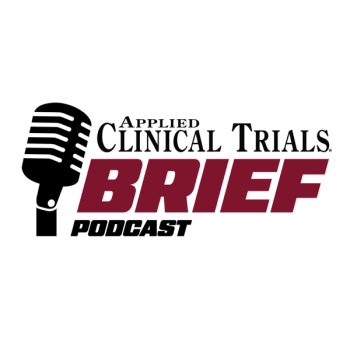
Realistic Recruitment Expectations Require Disease and Geographic Considerations
KMR Group
Companies that seek to set realistic recruitment expectations should consider using key enrollment benchmarks which combine both disease and geographic information. This permits a more accurate view of enrollment performance based on the differences across regions within a given disease.
Figure 1. Subjects randomized on a per site basis by region (Diabetes Mellitus).
For example, in Diabetes the median number of subjects a site randomizes varies by region from four in North America to eight in parts of Asia and Latin America. This makes a significant difference when predicting for the volume of sites that will be needed. To illustrate, the volume of sites needed to achieve 50 subjects in North America would require about 13 sites whereas in Asia or Latin America closer to seven sites would be needed.
Figure 2.Time to randomize 10 subjects by region (Diabetes Mellitus).
The rate of subjects randomized per month by an individual site also varies significantly by region, from 1.2 subjects per month on the low end in North America to 2.8 in Latin America. As a result, it would take over eight months for a site in North America to achieve 10 subjects but in Latin America 10 subjects could be randomized in less than four months.
As demonstrated, setting realistic expectations for investigator sites involves an assessment that takes into account geographic granularity. Only at this level can you foster more accurate planning, not only for the volume of subjects a site can deliver (thus affecting the total sites required) but also for predicting the cycle time for completion of the study.
It is also important to rely on data derived directly from the individual sites in order to determine the number of subjects a given site can obtain or the rate at which a given site can randomize. This is as opposed to simple totals compiled at the trial level, which can generate less reliable results.
At the same time, it is difficult for companies to rely solely on information available internally as the sample sizes are small. Industry benchmarks offer critical advantages: the information is pooled to allow for larger sample sizes and the industry data often provides perspective on what type of performance is most realistic.
KMR Group,
Image Source: KMR Group Enrollment Metrix Application, SiteMetrix
Newsletter
Stay current in clinical research with Applied Clinical Trials, providing expert insights, regulatory updates, and practical strategies for successful clinical trial design and execution.






.png)



.png)



.png)
.png)
